
Published: Last Updated:
Readtime: 12 min
Every product is carefully selected by our editors and experts. If you buy from a link, we may earn a commission. Learn more. For more information on how we test products, click here.
Yesterday we got our first real look at Nintendo’s next handheld-console hybrid, the Switch 2: so far, it looks pretty good, though I also argued it might be a bit on the expensive side. But beyond checking out the Direct, I also got a chance to play the Switch 2 in a bunch of different configurations, and spent time with a few upcoming titles along the way.
Keep in mind that these are all going to be largely my opinion, but informed by some hands-on time with each game and the console itself.
In all, I’ve come away impressed by the Switch 2: the console is powerful, but still light and portable. It’s doing all the things I like about the original Switch (which I still use regularly, by the way), while adding its own strange little Nintendo things. Is GameChat or the Nintendo Camera a big deal? Not to me. I’m more interested in what’s actually on the console, and how it runs, and so far, so good.
But before we dive into the big software stuff I tested, let’s take a better look at the console itself.
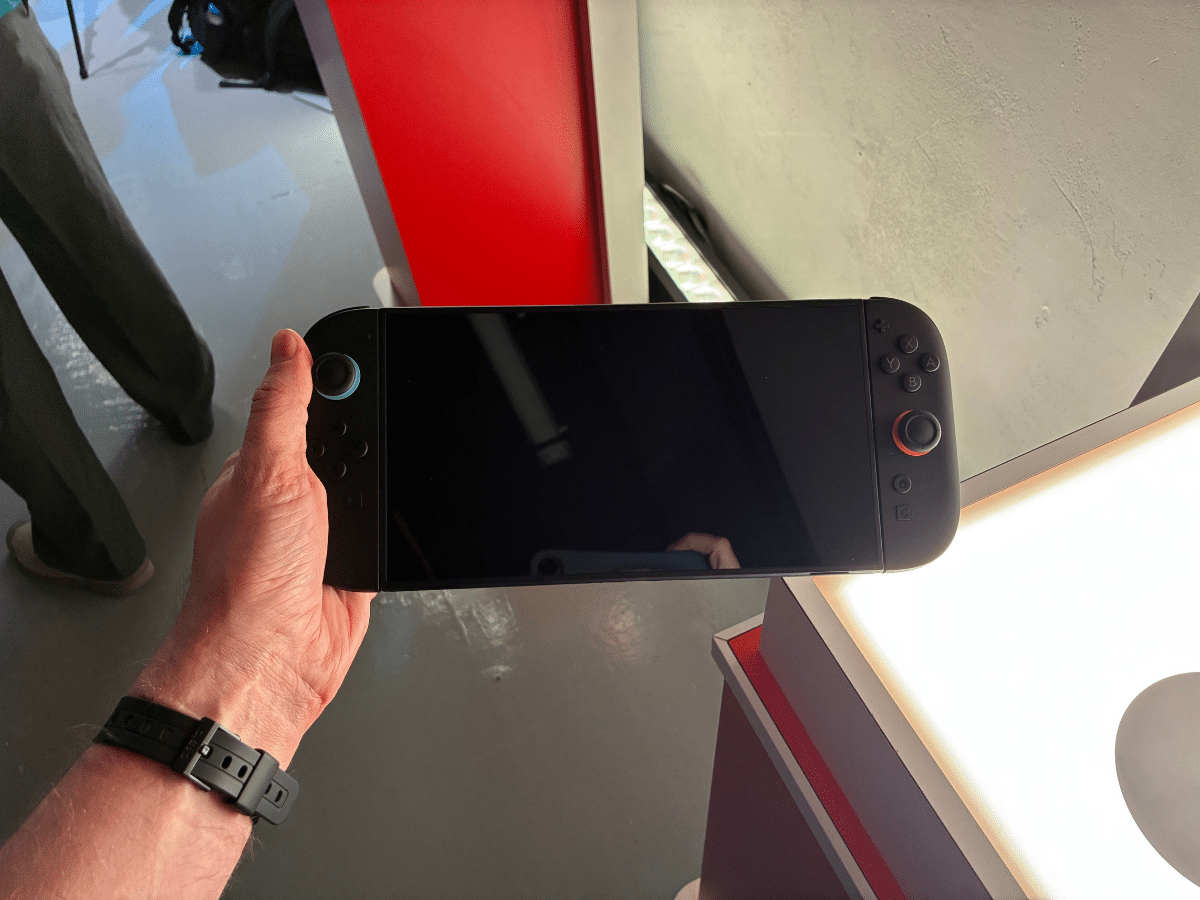
Hands-on with the Hardware
First things first, what does it actually feel like to use? The Switch 2 is noticeably bigger than the previous handheld, but it doesn’t feel uncomfortable to hold in the slightest. It’s not as ergonomic as something like a Steam Deck, but the Switch 2 is probably half the thickness of a console like that – in fact, it’s exactly the same thickness as the original Switch – and it honestly didn’t feel any heavier than a Switch 1.
The main draw here, though, is the screen. It’s a 7.9” 1080p LCD display that can hit up to 120fps, and looks phenomenal in person. I was honestly shocked with how good Mario Kart World looked on the handheld display – it obviously looks better on a big screen, but I’ve played plenty of handheld games that lost a lot of clarity on the Switch’s screen, and it looks like the Switch 2 might actually have the guts to make use of a beautiful display.
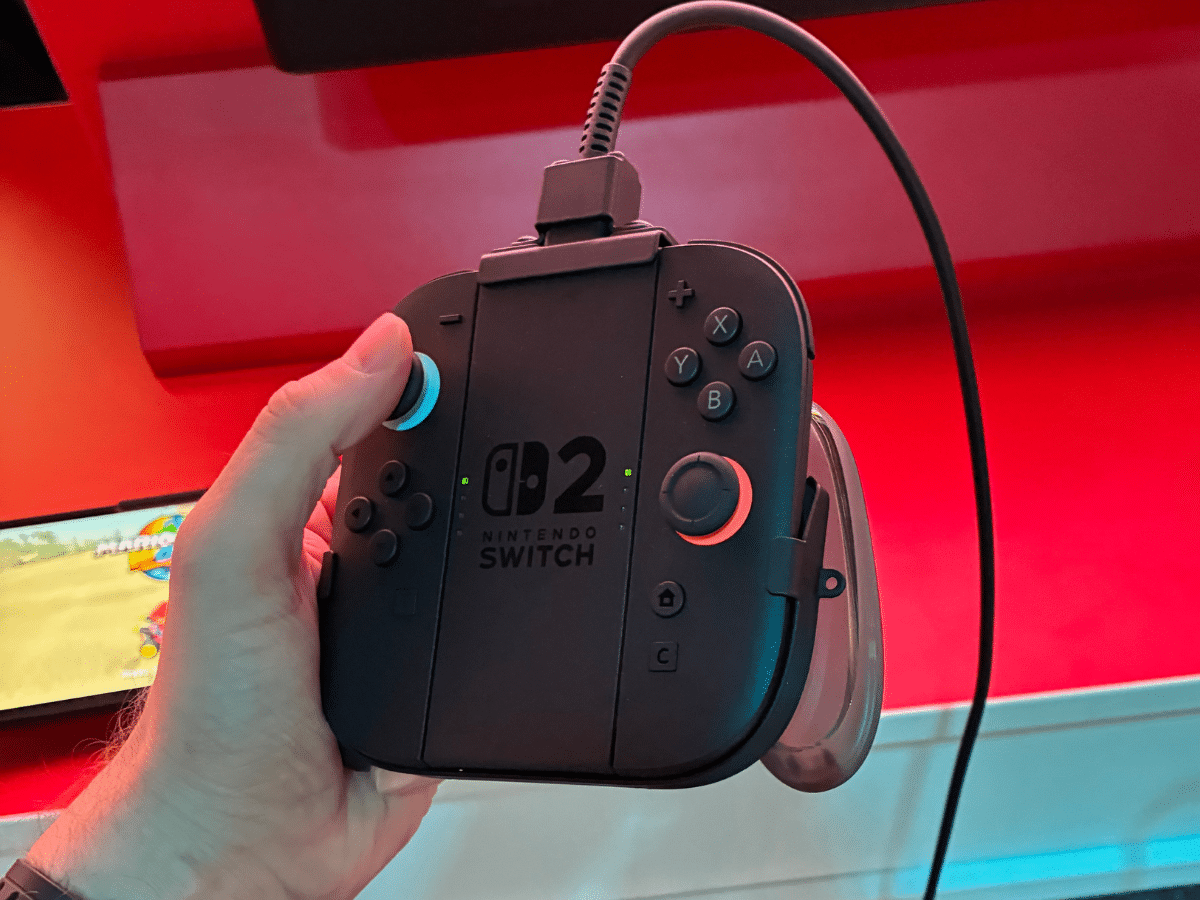
As far as controls go, the Joy-Con 2 still feel awkward to hold sideways when using them as individual controllers, but actually feel a bit better when used as a single, unconnected controller, or on the handheld, due to that increased size. The sticks are also bigger, and honestly feel much better than on the original Joy-Con, though we still don’t know if they’ll end up as susceptible to drift as the original versions were.
It’s also worth noting that Nintendo confirmed that they have been working on making the eShop faster, smoother, and easier to navigate, which is a huge problem on the current console. I didn’t test it, so I can’t say whether that’s true, but I certainly hope it is.
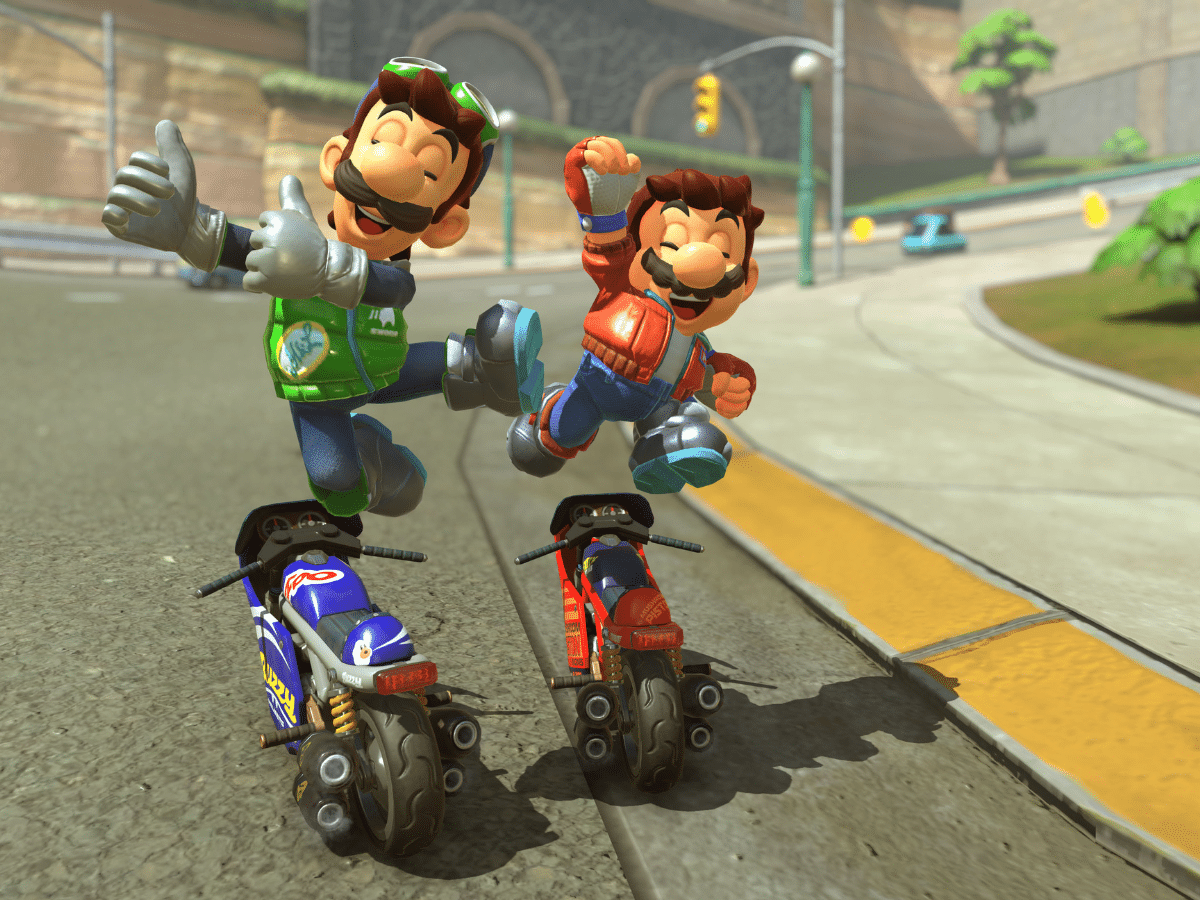
Mario Kart World Goes Big
The first Switch 2 game we saw, Mario Kart World, is an open-world take on the classic kart racer. It’s the Switch 2’s big launch title, being part of a console bundle on day one, and while I’m not a huge Mario Kart guy, I’m legitimately tempted by World. For starters, I kind of love the idea of exploring a fun, stylised open world in a go-kart. That sounds awesome.
You can explore that world solo, or you can do it with friends in a seemingly seamless free-roam co-op mode, which also sounds awesome.
The first thing I’ll say about this game is that if you know how a Mario Kart game plays, you’ll know how this plays. You pick up items, throw bananas at your fellow man, and hope that when you’re in first place and approaching the finish line, nobody has a blue shell – but there are some things to make it feel fresh.
The zero-gravity stuff from Mario Kart 8: Deluxe was nowhere to be seen, and instead, you’ll be grinding rails, bouncing off walls, and going purposefully off-track, rather than doing it by accident as I usually do. We got a vague idea that the world itself will essentially be one giant explorable space, while races, grand prix, and the new ‘knockout tour’ will see parts of that world blocked off into more concentrated spaces.
That knockout tour mode is a lot of fun. You’re put in a group of 24 racers who all vote for which course they want to play, and the game selects one from the list at random. Then, you all play the selected course together, and each lap the bottom 4 racers are knocked out, meaning the longer the race goes on, the fewer racers are left on the track. I managed to get into the final 5 before getting knocked out, and I was constantly just able to scrape through each knockout lap until my luck ran out.
It’s a lot of fun to play, as all Mario Karts before it have been, but what surprised me most is just how good the game looks. Mario Kart World is beautiful, so much so that I just sat and looked at it for a little bit. Between World and Metroid Prime 4: Beyond, I was left pretty impressed by what the console was actually capable of putting out – they’re very stylised games, but they look incredible.
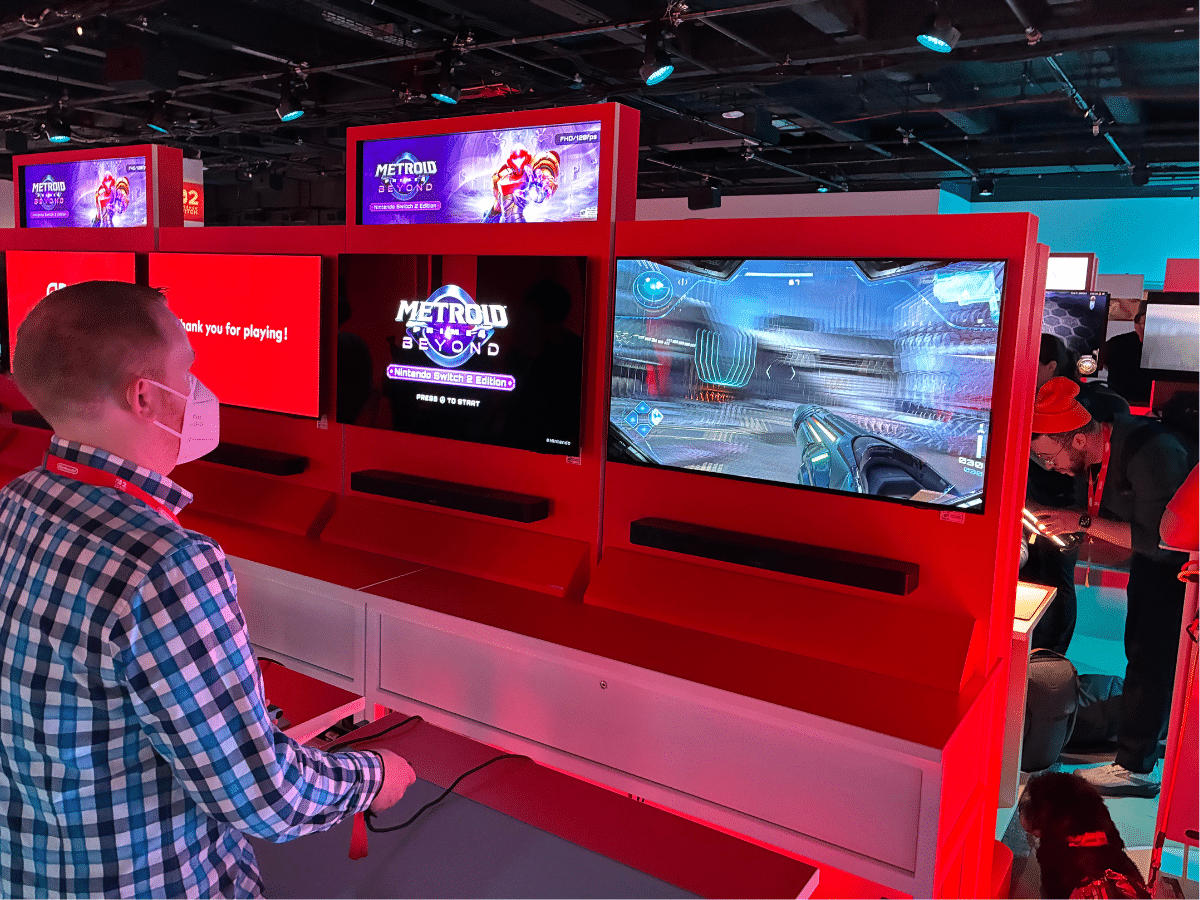
Metroid Prime 4: Beyond Expectations
Speaking of which, while we still haven’t gotten a release date, somehow, Metroid Prime 4: Beyond is shaping up to be something special. Technically, Prime 4 is a Switch 1 game with some enhanced features if you choose to play the enhanced Switch 2 version, but I honestly think most people will just play it on the new console.
I didn’t get a ton of time with Prime 4 – we were able to play through about 20 minutes of gameplay, which serves as the intro to the game proper, and where you essentially learn how to play the game. It plays similarly to previous Prime games, lock-on first-person shooting and all, but also now plays at 120fps – which is insane – and can be played in ‘mouse mode’.
See, the new Joy-Cons can be turned on their side and used like a computer mouse, and while not every game will use that, Metroid uses it to great effect. It’ll work like a pretty standard PC FPS, but rather than using WASD to move you’re using the other Joy-Con, which does feel strange. It’s a new control scheme that I doubt most people are accustomed to, and while it does work, my brain had some trouble doing controller-style movement in one hand with pc-style aiming on the other.
There were also some segments where you needed to mash the A button, which was felt difficult to do in mouse mode. It’d essentially be like mashing an extra button on the side of your gaming mouse, and I think it should probably be remapped to something like mashing the trigger.
As far as the game itself goes, it’s beautiful. I played it at 4K 60fps, and watching Samus land her ship and jump out, only to seamlessly shift into gameplay was a treat. The initial area that I was able to explore wasn’t super open or anything like the rest of the Prime series, but the introductory stages rarely are. Instead, you essentially walk down a nice, long corridor, with some enemies jumping in and with little roadblocks that teach you how to proceed – turn into a morph ball and blow up a block, for example.
It ended with Samus coming face to face with an old rival, Sylux, who accidentally gives Samus psychic abilities when he shoots an unstable artefact. I’d have loved to have played more, honestly, but it was a short demo. Coming away from a game wanting more is definitely a good thing, and I absolutely want more. I just want a Prime 2 and Prime 3 remaster first…
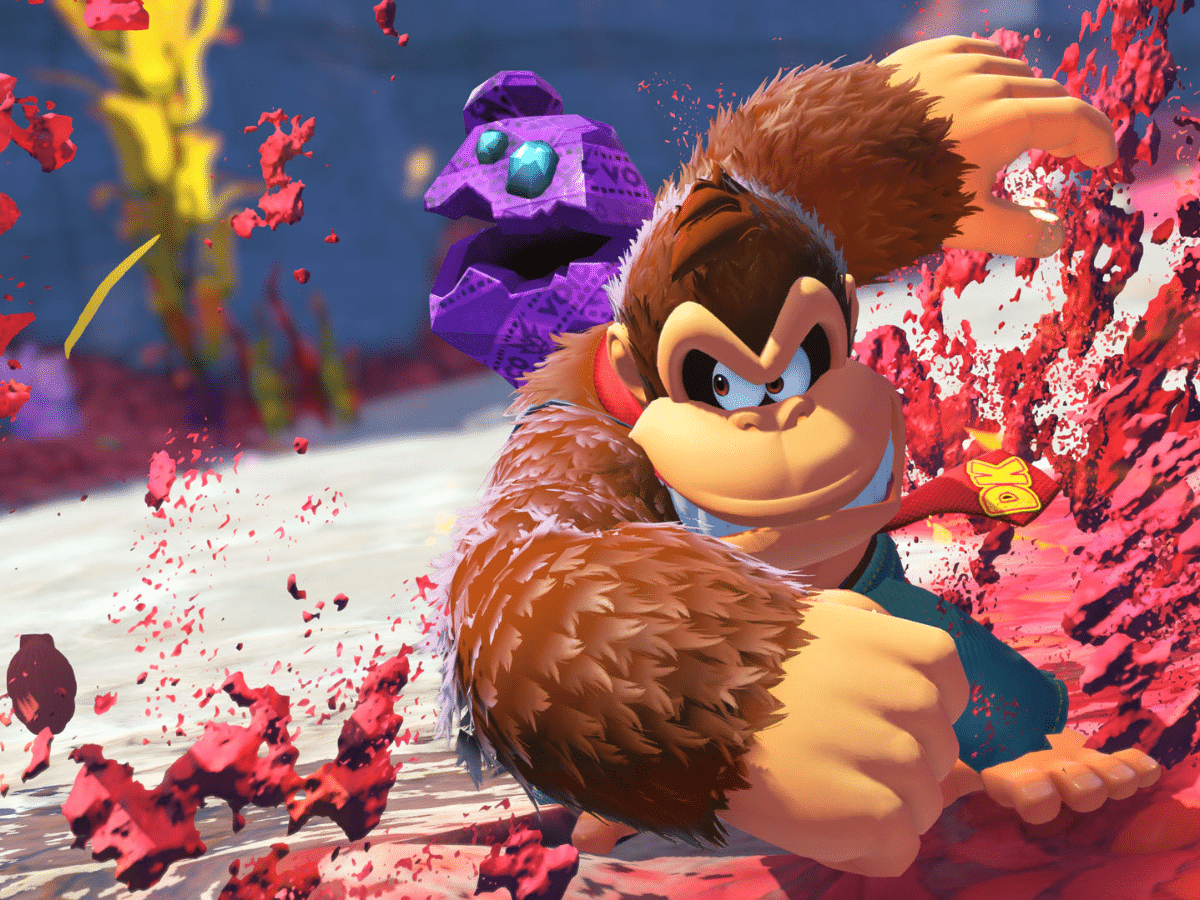
And finally, Donkey Kong Bananza
Arguably the big ‘launch window’ game for the Switch 2 is the first 3D Donkey Kong platformer in decades: Donkey Kong Bananza. Here, you’ll play as DK as he dives deeper and deeper into the earth, searching for big, banana-shaped rocks. Yes, really.
From what we saw, and what I played, it seems like Donkey Kong and a bunch of Diddy Kong lookalikes are mining for banana-shaped rocks, and a group of ne’er-do-wells come along to steal them and burrow deep underground. As far as I can tell, each stage you play through will be a different level of the chasm opened up by DK’s enemies’ escape, with the goal being to go lower and lower. It’s not going to be all underground-themed levels, though – we’ve already seen jungles, frozen tundras, and more.
On first blush, I have quite a few mixed feelings on Donkey Kong Bananza.
Firstly, almost nothing I just shared above is explained in Nintendo’s direct. Instead, I learned about it accidentally while browsing the website launched alongside the game’s announcement. Given Bananza is likely going to be Nintendo’s big game this holiday, alongside Metroid and Mario Kart, I assumed we’d see more of it. There’ll probably be a ‘Donkey Kong Direct’ to show the game off a bit more ahead of release, but… this was a pretty big misstep as far as I’m concerned.
Secondly, it was by far the game with the biggest performance issues of the big three that I played here, with a few frame dips and stutters when entering new zones, or engaging with the whole ‘punch-your-way-through-everything’ mechanic, which creates a lot of stuff to render all at once and seems pretty taxing. Still, it’s worth noting that it’s a game that isn’t finished, being played on hardware that also isn’t out: it’s not shocking that it isn’t 100 per cent just yet.
It is a lot of fun to play, though. I was able to play through one stage, an early game level called Ingot Isle, and while it’s not fully open-world, you’re free to explore the level as you wish. It reminded me a lot of Super Mario Odyssey, in the sense that you’re effectively digging up and searching for the banana rocks, which play a little jingle when you pick them up, and you’re spending most of your time exploring a fairly open stage looking for little quests to do. In fact, I wouldn’t be surprised if it was made by the same team, but that hasn’t been announced yet.
Donkey Kong’s redesign is sure to ruffle some feathers with people that care too much about things that don’t really matter, but I have to admit that I think he looks a bit goofy. He does control really well though. I have no idea why I did this, but the first thing I did upon getting control of the Kong was test his movement, and I spun him around so much that he literally started spinning in place – like, it was an animation that the devs had made and put in the game in case someone did that, which I love. DK moves quickly, and punching through and ripping up the earth around you feels damn good. There’s a very satisfying screen shake every time you punch anything, crash into the ground, or throw a rock at whatever you’re aiming at.
The controls were mostly good, though I did struggle having the jump button on A, compared to it being on B (on Nintendo consoles, B is the bottom-most button on the controller). It just felt wrong. Instead of jump, B is the down-smash ability, which you’ll use to interact with certain things in the environment or just break the ground below you. I have no idea if that’s something you can remap, but given Nintendo’s track record with that, I doubt it.
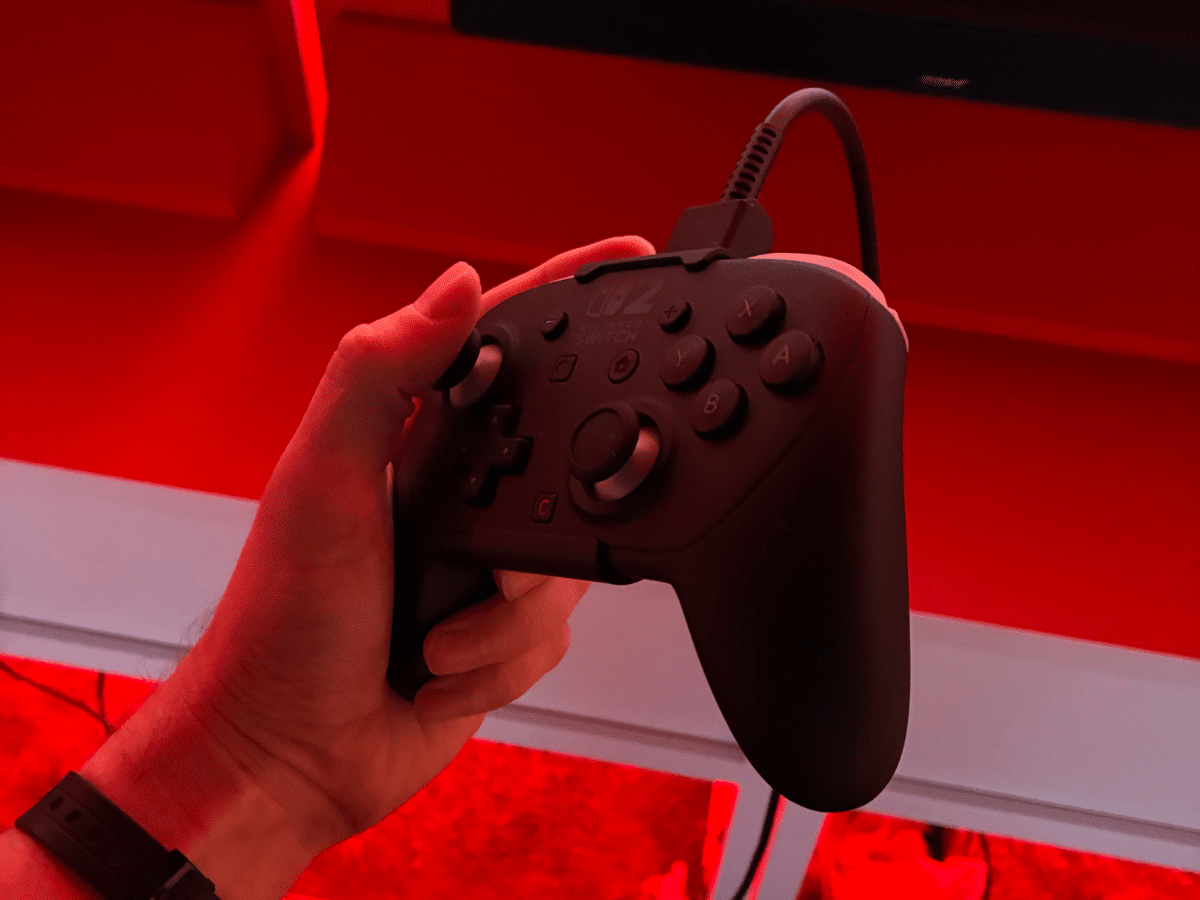
What Are Our Overall Thoughts?
In practice, the Switch 2 is off to a really good start, and a lot of the games shown look good – but so many of them were games that have launched elsewhere. I focused on the main three Nintendo titles that will be essentially propping the console up for the remainder of this year, and while they’re all great, I kind of wish we saw more Nintendo-exclusive games.
The final thing is that the console’s price is steep, at AU$699, but its games’ prices are even steeper. Mario Kart World is launching in Australia for AU$119, while Donkey Kong Bananza is AU$109. Nintendo’s Switch games have tended to sit between $80 and $90, so it’s a fair jump from what Nintendo fans are used to. The backlash online has been swift, but we won’t really know whether people will vote with their wallet or not until launch day, June 5.
For me, personally, I’ll need to see some more exclusive games before I decide to upgrade my slowly-dying launch Switch to something a bit newer. Nintendo is going to be spending the next few months trying to convince everyone to pick up a Switch 2 as soon as possible, so I’ll let them do their job and see where we end up.




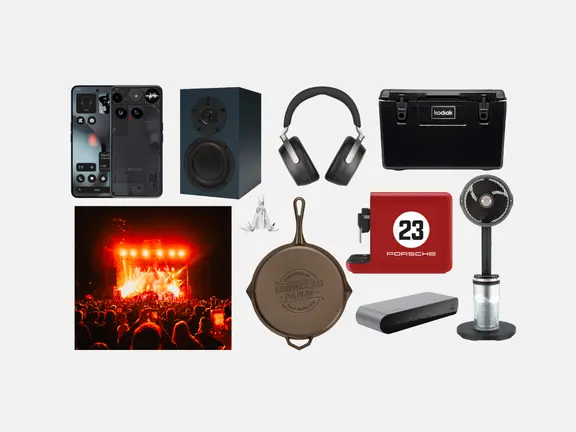
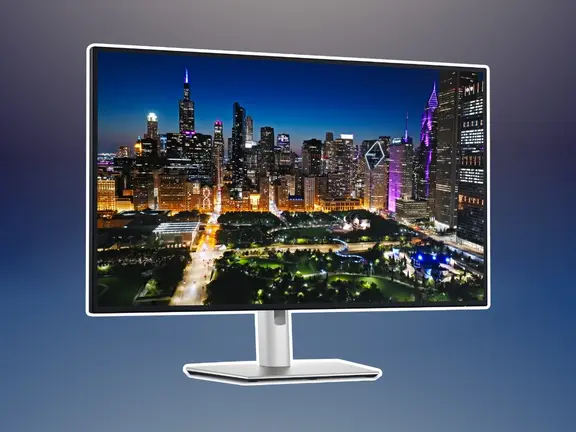





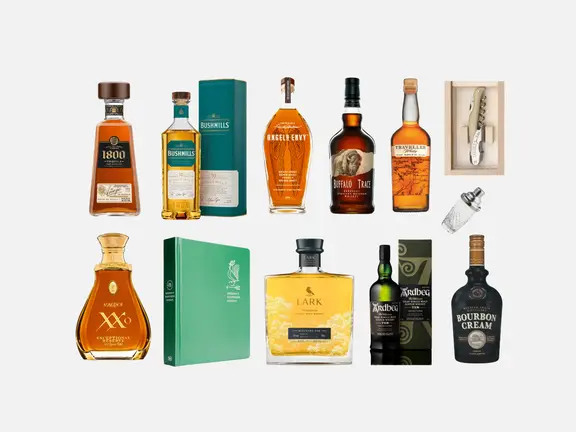




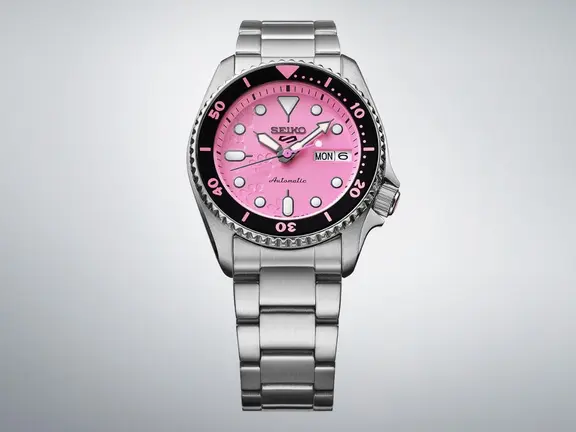


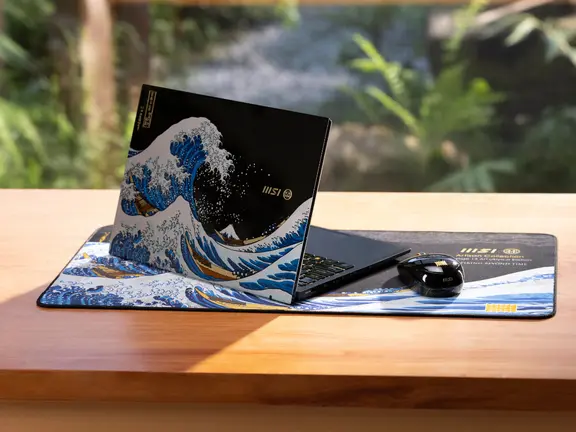
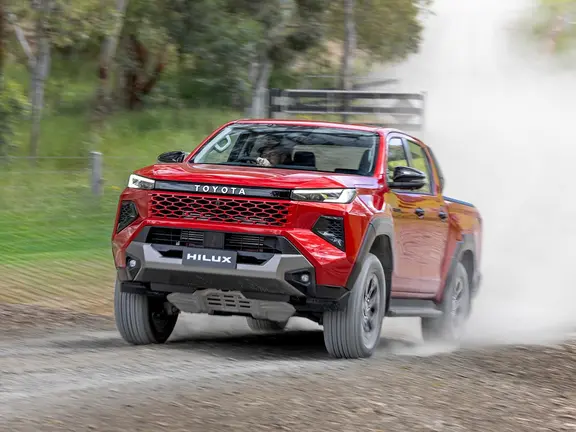

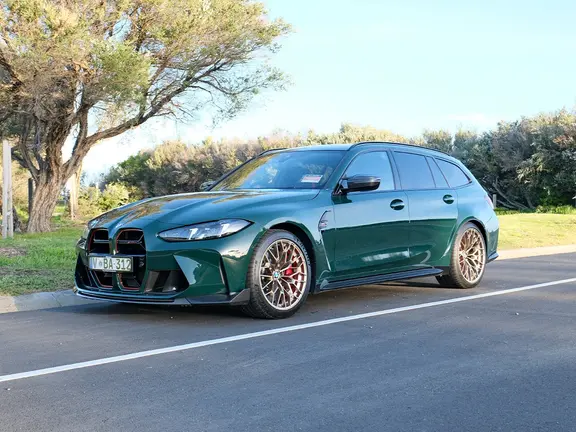




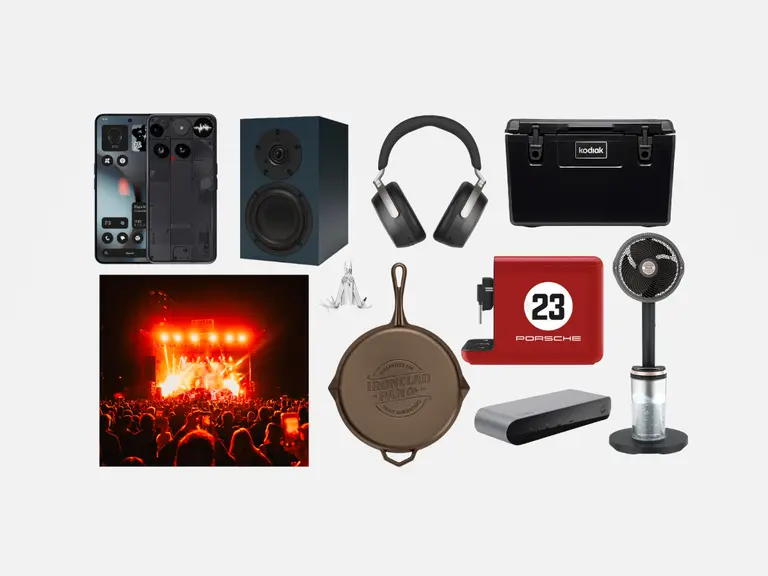



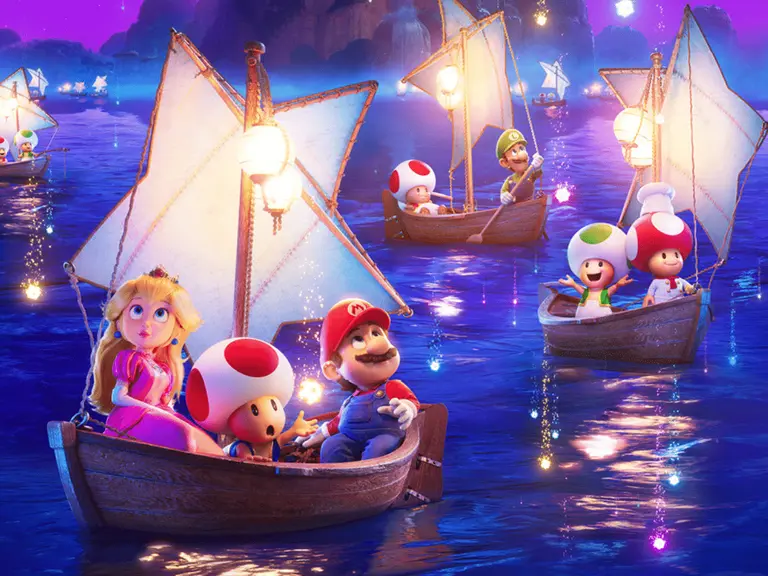

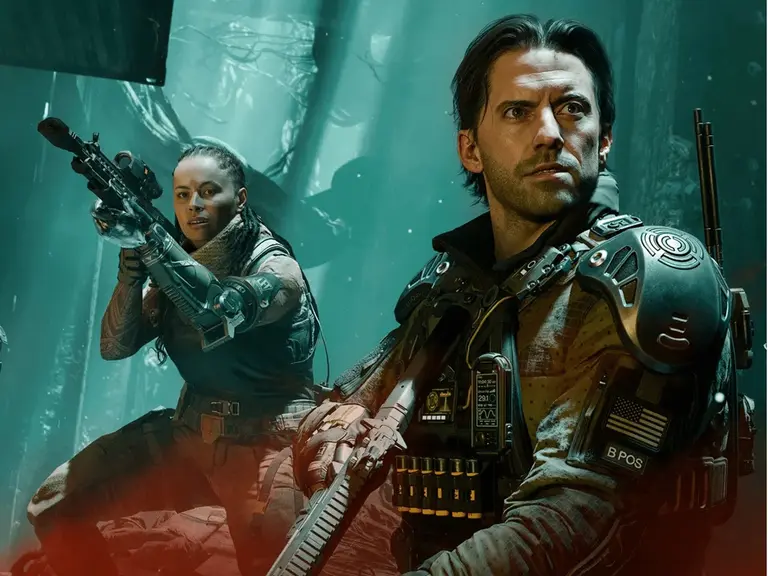
Comments
We love hearing from you. or to leave a comment.